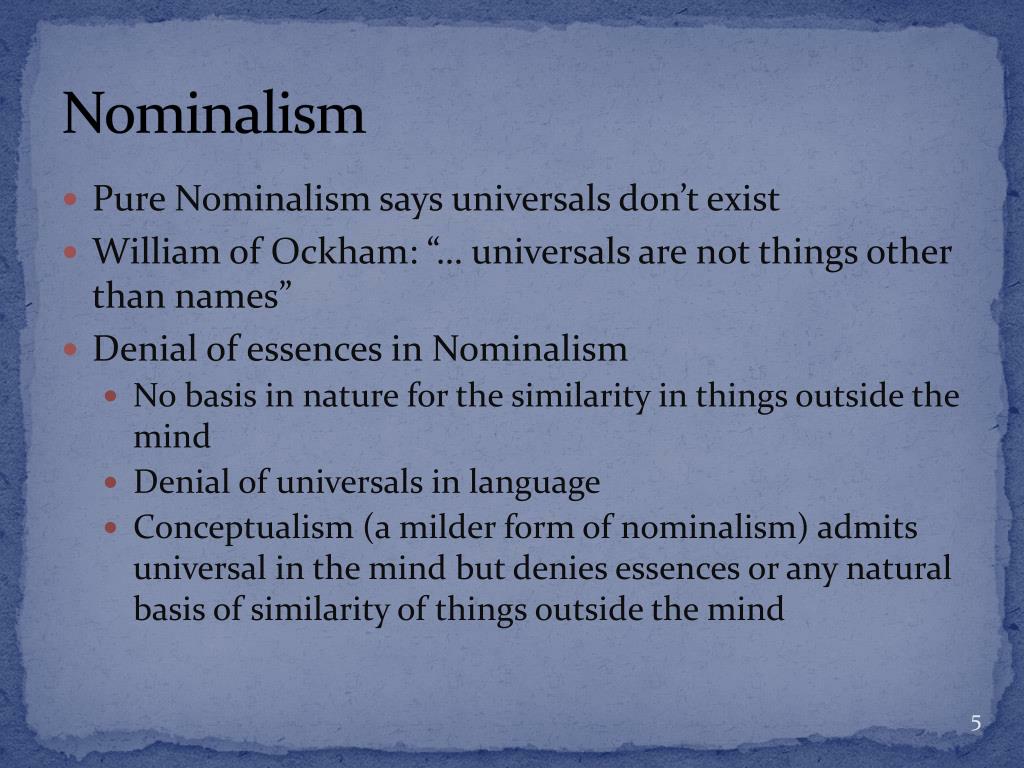
On the other hand, the manuscript features an intuitive attempt at perspectival space and scenes from everyday life, albeit in a still-feudal society. One plate illustrating “ Anatomical Man” reveals the odd systems of resemblance between nature, the human body, and the heavens that governed the pseudo-scientific beliefs of the Middle Ages. On the one hand, its medium (hand-painted luxury item), its patron (the über-aristocrat, Duc de Berry) and its format, focusing on cycles of nature and the cosmos (diagrams, hours, and calendar), all scream “medieval.” You might ask students to rehearse the signposts typical features of the Gothic style that they learned in previous lectures. The Très Riches Heures is a late example of an illuminated Book of Hours (Christian devotional text) that both looks back to medieval artistic traditions and forward to the Renaissance.

The influence of the International Gothic Style (think elongated, pointed architecture with intricate detail) is manifest in the meticulous, near microscopic paintings of Northern Europe that resemble medieval manuscript illuminations.


That fact, combined with the reality of near-universal illiteracy, meant that knowledge and its dissemination were controlled by a very select few. We are inundated with images, digital and in print, whereas a person in the fifteenth century may have only ever seen visual images on the altarpieces in her church or small woodcuts in her Bible.Įxplain the term “vernacular” to bring up the fact that the religious texts in which people were compelled to believe were all printed in Latin until the Reformation. There was only one accepted way to believe, but the Protestant Reformation questioned that absolute power.Įmphasize that a medieval person’s experience of visual imagery would likewise have been profoundly different than ours. You can simply evoke the image of a glorious and mind-boggling Gothic cathedral towering over the medieval city, and consuming much of its manpower and resources. Remind students of the absolutism of the Catholic Church (then, simply the Church) for nearly a millennium throughout Europe. The term “Renaissance” is no joke-Europe really was reborn into a new mindset during this period. In order to emphasize the radical revolutions of this period, ask students to try to conjure up the worldview of a person in the Middle Ages. The European mind in the North at this time saw their Christian God in every aspect of the world, and so the world was depicted with an exacting naturalism that verged on the spiritual. The Northern Renaissance style might be described as the very singular result of a blending of Late Gothic art, contemporary ideas about observation, and Reformation ideology.

Some sculpture was made in the North at this time, but is not included here because sculpture in the North is typically not considered as formally transformational as it was in the contemporaneous Italian Renaissance in the South. It includes pictorial works in a range of media including paintings, prints, and textiles. This lecture covers the fifteenth and sixteenth centuries in Northern Europe in areas including France, the Netherlands (Dutch art), Germany, and Flanders (Flemish art).


 0 kommentar(er)
0 kommentar(er)
